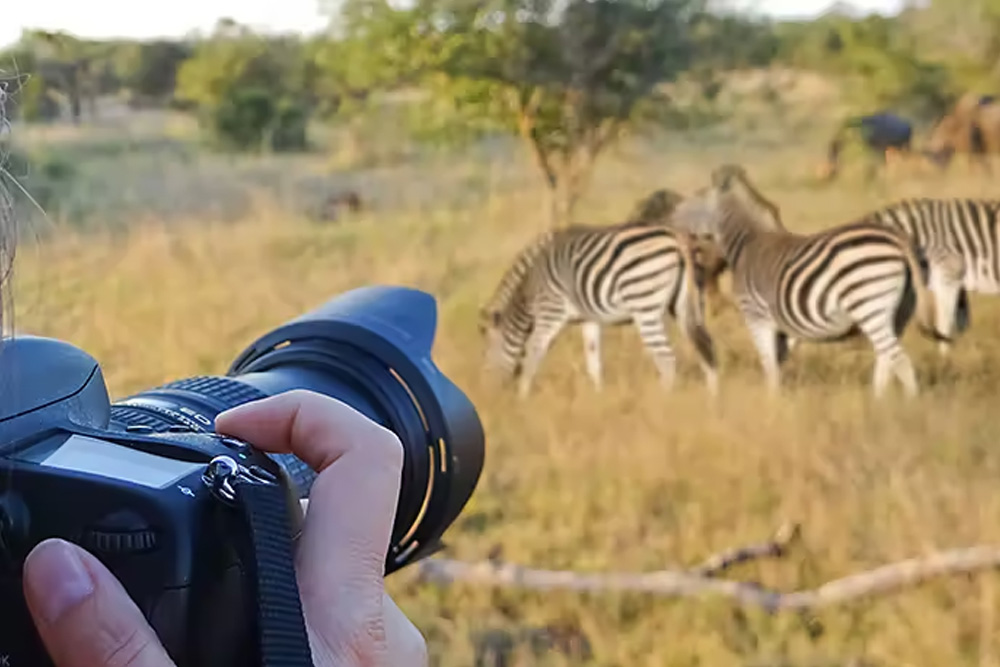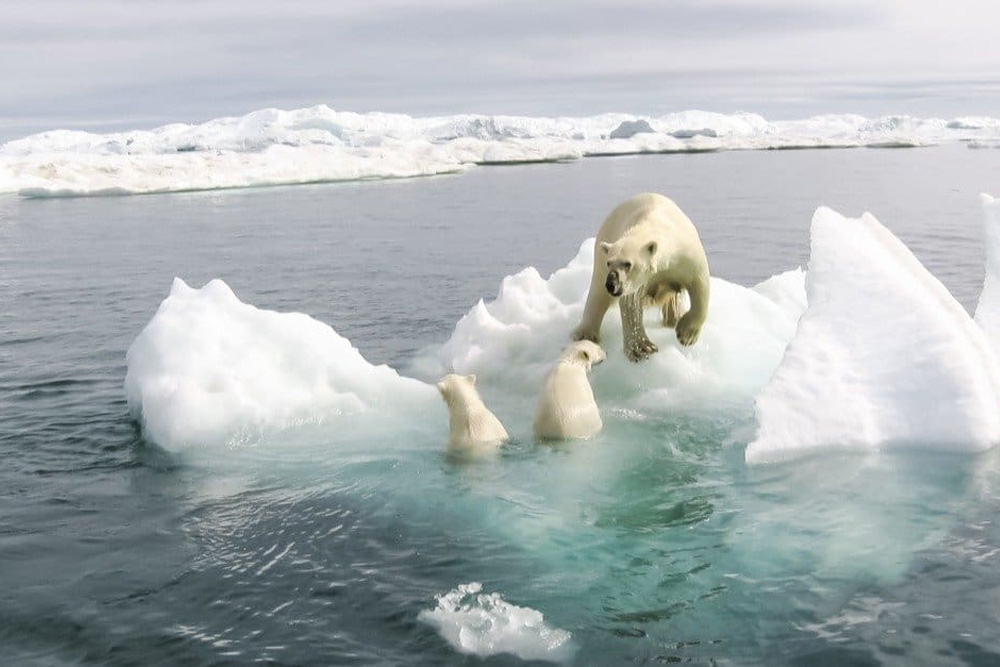The Role of Zoos in Conservation and Education

Zoos have long been a popular destination for families and animal lovers. While some people view zoos as a form of entertainment, others see them as important institutions for conservation and education.
One of the main roles of zoos in conservation is the protection of endangered species. Through captive breeding programs, zoos can help to increase the population of endangered species and provide a safety net against extinction in the wild. In some cases, captive-bred animals can be reintroduced into their natural habitats to help restore damaged ecosystems and support the recovery of wild populations.
Related articles
1- Treat Your Pet Like Family: 10 Fun Activities to Do Together
2- Keep Your Pet Healthy and Happy with Regular Veterinary Check-ups
3- How to Keep Your Pets Mind Sharp with Unique Games and Foods!
4- From Fat to Fit: Home Exercises for Your Obese Pet
In addition to their role in conservation, zoos also play an important role in education. By providing visitors with the opportunity to see and learn about a wide variety of animals from around the world, zoos can help to foster an appreciation for wildlife and the natural world. Educational programs and exhibits can also help to raise awareness about conservation issues and inspire people to take action to protect wildlife and their habitats.
Here are five tips for supporting the role of zoos in conservation and education:
1- When choosing a zoo to visit, it is important to look for institutions that are accredited by reputable organizations such as the Association of Zoos and Aquariums (AZA) or the World Association of Zoos and Aquariums (WAZA). These organizations have strict standards for animal welfare, conservation, and education, and only zoos that meet these standards are granted accreditation.
Accredited zoos prioritize the well-being of their animals and are committed to conservation efforts. They provide their animals with appropriate care, including proper nutrition, veterinary care, and enrichment. They also participate in captive breeding programs to help protect endangered species and support conservation efforts in the wild.
Accredited zoos, you can support institutions that prioritize animal welfare and conservation. You can also learn more about wildlife and conservation issues and be inspired to take action to protect the natural world.
2- Zoos play an important role in protecting endangered species and supporting conservation efforts in the wild. Many zoos have their own conservation programs that focus on protecting specific species or habitats. These programs may include captive breeding, habitat restoration, and research.
By donating to zoo conservation programs, you can help to support these important efforts. Your donation can help to fund research, protect habitats, and support the recovery of endangered species.To donating directly to zoo conservation programs, you can also support conservation efforts by participating in fundraising events. Many zoos hold special events such as charity walks or auctions to raise money for their conservation programs.
By participating in these events, you can help to raise awareness and funds for conservation efforts.Supporting zoo conservation programs is an important way to help protect endangered species and support conservation efforts in the wild. You can support these efforts by donating directly to zoo conservation programs or participating in fundraising events.
3- Zoos provide visitors with the opportunity to see and learn about a wide variety of animals from around the world. By taking the time to learn about these animals and their natural habitats, you can gain a deeper appreciation for wildlife and the natural world.
Many zoos provide educational materials and exhibits that can help you learn more about the animals in their care. These may include information about the animals’ natural habitats, behaviors, and conservation status. Some zoos also offer guided tours or educational programs that can provide even more in-depth information.
To learning about the animals at the zoo, you can also do your own research to learn more. There are many resources available online and in books that can provide detailed information about different species and their natural habitats.
Learning about the animals at the zoo and their natural habitats is an important way to deepen your appreciation for wildlife and the natural world. Take advantage of educational opportunities at the zoo and do your own research to learn more.
4- After visiting the zoo and learning about the animals and their natural habitats, it is important to share your knowledge with others. By talking to your friends and family about what you learned at the zoo, you can help to raise awareness about wildlife and conservation issues.
Sharing your knowledge can take many forms. You might tell your friends about an interesting animal you saw at the zoo or share a fact you learned about their natural habitat. You could also share photos or videos from your visit to the zoo on social media to help spread awareness.
In addition to sharing your knowledge with others, you can also encourage them to visit the zoo and learn more for themselves. By inviting your friends and family to join you on a visit to the zoo, you can help to foster an appreciation for wildlife and the natural world.
Sharing your knowledge with others is an important way to raise awareness about wildlife and conservation issues. Talk to your friends and family about what you learned at the zoo and encourage them to visit and learn more.
5- After learning about wildlife and conservation issues at the zoo, it is important to take action to protect wildlife and their habitats. There are many ways that you can get involved and make a difference.
One way to take action is to support conservation organizations that work to protect wildlife and their habitats. These organizations may focus on specific species or habitats, or they may work on broader conservation issues. By donating money or volunteering your time, you can help to support their important work.
Another way to take action is to reduce your environmental footprint. This can include making changes to your daily habits such as reducing your energy consumption, using public transportation or carpooling, and reducing your use of single-use plastics. By making these changes, you can help to reduce your impact on the environment and protect wildlife and their habitats.
Taking action to protect wildlife and their habitats is an important way to make a difference after visiting the zoo. By supporting conservation organizations and reducing your environmental footprint, you can help to protect wildlife for future generations.
Zoos play an important role in both conservation and education. By providing visitors with the opportunity to see and learn about a wide variety of animals from around the world, zoos can help to foster an appreciation for wildlife and the natural world. Through their conservation programs, zoos can also play a crucial role in protecting endangered species and supporting the recovery of damaged ecosystems.
After visiting the zoo and learning about wildlife and conservation issues, it is important to take action to protect wildlife and their habitats. This can include supporting conservation organizations, reducing your environmental footprint, and advocating for policies that protect wildlife.
By following these tips and taking action to protect wildlife and their habitats, we can help to ensure a future for these amazing animals and the natural world that we all share.
Sobre o Autor




0 Comentários